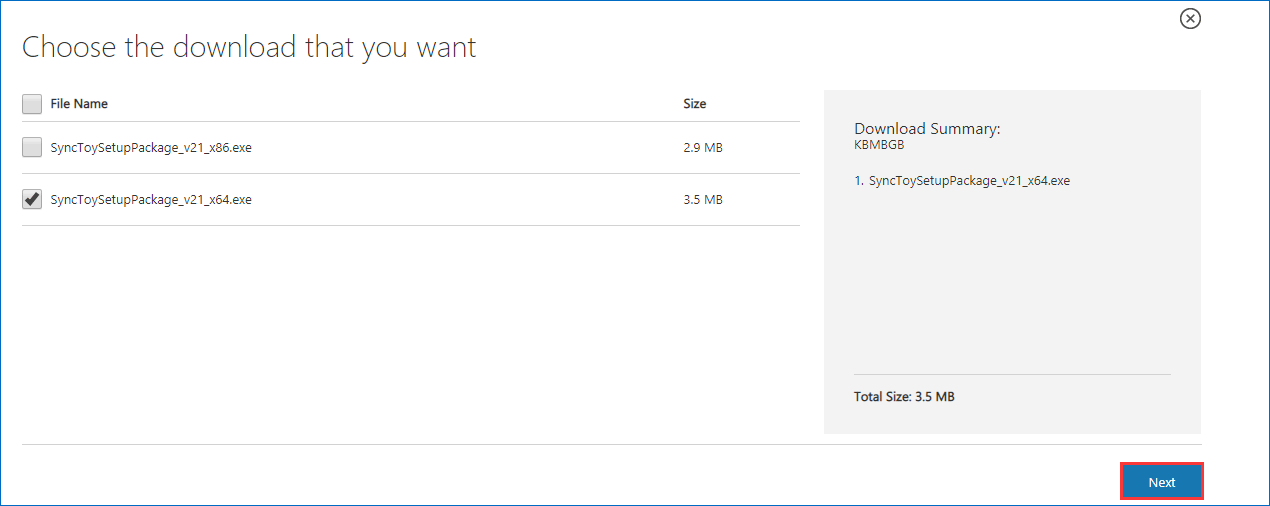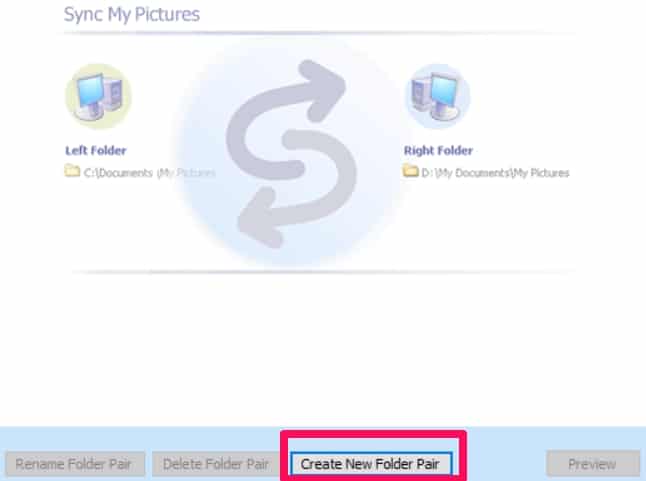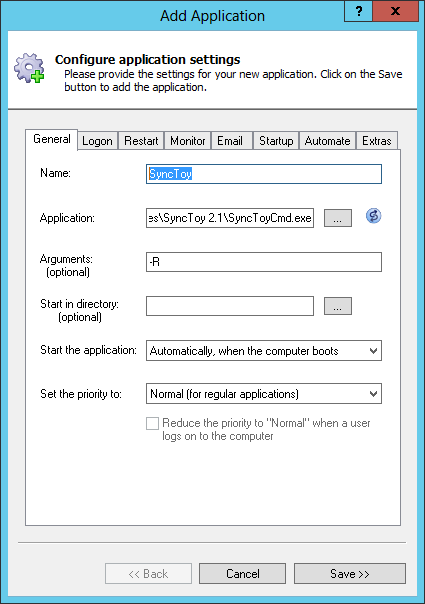

The Sync Center enables you to determine how to present the data in the UI.
#Microsoft synctoy icon full#
#Microsoft synctoy icon windows#
Sync Center is part of the Windows Shell and therefore developers can: Conflict resolution is the same for all devices and applications.Īlthough Sync Center provides a common user interface, applications can extend the UI to provide their own information as needed.A conflict does not block synchronization. Synchronization conflicts can be persisted and resolved later.

Feedback to the user about the data that has been synchronized.A fully customizable common user interface from which users can synchronize all their data.Sync Center includes the following features: Applications and devices that use Sync Center ensure that users can synchronize their data from a central UI, eliminating the need for each application to implement their own UI. Sync Center introduces a new API that enables developers to add synchronization information to the common user interface. Sync Center is a centralized UI from which users can carry out the following tasks:īuilding your partnership to work with Sync Center There was no central way to discover what data had been synchronized.Conflict resolution differed among applications and devices.The process for beginning synchronization differed among applications and devices.The user Interface for a data synchronization application was hard to discover.In the past, many applications and devices provided their own user interface for data synchronization, which caused the following problems for users: This section covers the benefits of providing synchronization information to Sync Center.


Such a provider is called a "handler" or a "partnership." Synchronization information is defined as both: There are several ways to interact with Sync Center, one of which is as a provider of synchronization information. Windows Vista introduces Sync Center, which enables users to synchronize their data with other computers and devices from one common user interface.


 0 kommentar(er)
0 kommentar(er)
